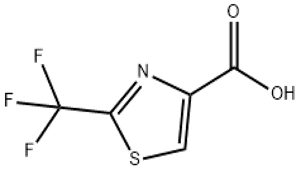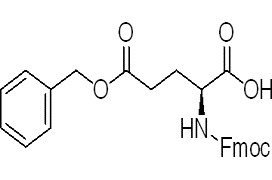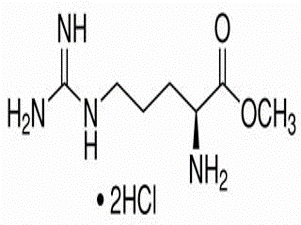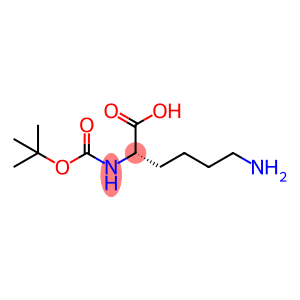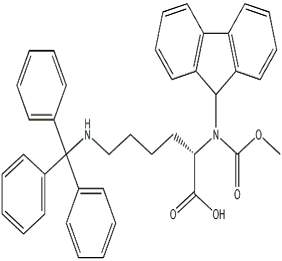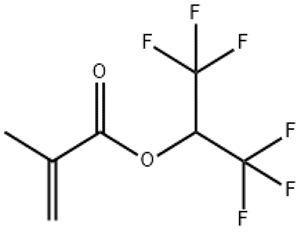2-(trifluoromethyl)thiazole-4-carboxylic acid(CAS# 915030-08-9)
| Hazard Symbols | Xn – Harmful |
| Risk Codes | 22 – Harmful if swallowed |
| WGK Germany | 3 |
| Hazard Class | IRRITANT |
Introduction
2-(trifluoromethyl)thiazole-4-carboxylic acid is an organic compound with the chemical formula C5H2F3NO2S. Its nature, use, formulation and safety information are described below.
Nature:
2-(trifluoromethyl)thiazole-4-carboxylic acid is a white crystalline solid. It can be dissolved in some organic solvents such as dimethylsulfamide (DMSO) and carbon disulfide (CS2), but is insoluble in water. Its melting point is about 220-223°C.
Use:
2-(trifluoromethyl)thiazole-4-carboxylic acid is a commonly used organic synthesis intermediate. It can be used to synthesize some bioactive compounds in the field of medicine, such as drugs and pesticides. In addition, it can also be used as a synthetic raw material for dyes and photosensitive substances.
Method:
The preparation of 2-(trifluoromethyl)thiazole-4-carboxylic acid is generally obtained by the reaction of methyl sulfide and cyanomethane. The specific steps are as follows: firstly, 2-amino -1, 3-thiazole is reacted with trifluoroacetaldehyde to generate 2-(trifluoromethyl)-1, 3-thiazole; then, the obtained 2-(trifluoromethyl)-1, 3-thiazole is reacted with cyanomethane to generate the target product 2-(trifluoromethyl)thiazole-4-carboxylic acid.
Safety Information:
The toxicity and danger of 2-(trifluoromethyl)thiazole-4-carboxylic acid has not been exhaustively studied. However, as a chemical, general safety practices should be followed, such as wearing appropriate protective equipment (such as glasses, gloves and laboratory coats) and handling in a well-ventilated area. After exposure to this compound, the affected area should be cleaned promptly with soap and water. If necessary, seek medical advice for further management.


